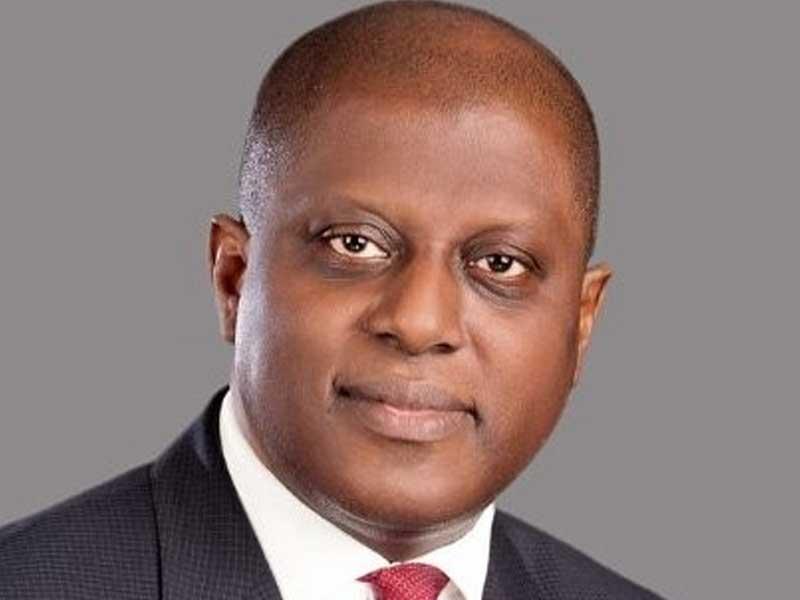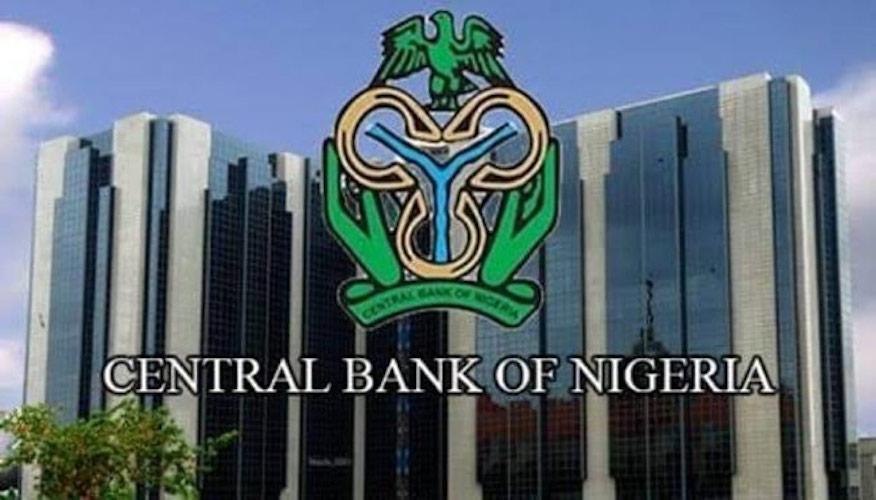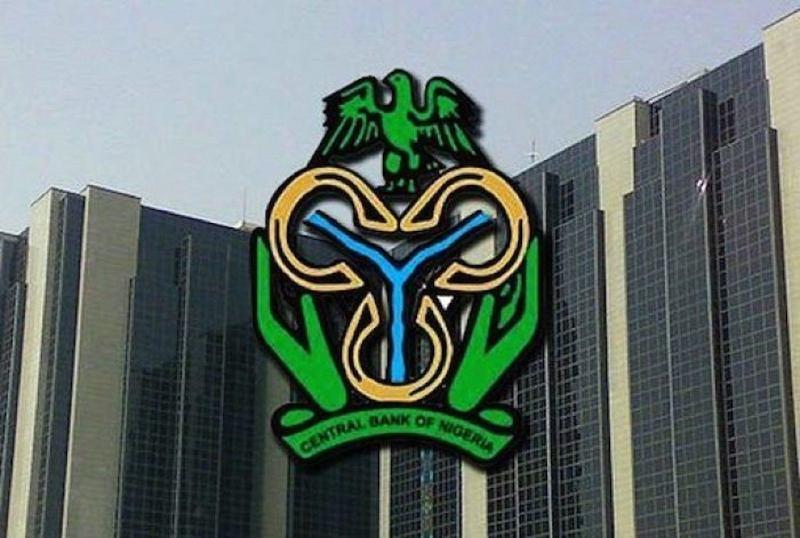The Chief Executive Officer, CoralPay Technology Limited, Mr. Chioma Nkechika, in this interview speaks about the benefits of the CoralPay Payment Gateway and Processing Platform, which allows customers to use the USSD short codes of their respective banks, alongside their mobile Apps to pay for goods and services directly from their bank accounts and wallets. Obinna Chima brings the excerpts:
How will you assess the level of electronic payment adoption in the country?
It has been a journey which started with the need for us to be more disciplined in our approach. Nigeria has been cash-laden and with cash pressure on the society, it brings about all the ills that come with cash transactions. It is expensive to process cash, it leads to crime, it leads to a lot of things that would not enable the government have a proper understanding of its macro and microeconomic policies. So the idea of cash-less goes beyond just taking cash off the street, there are a lot of other indices. In terms of that, I would not rate it so high but it is at least over 50 percent. And the reasons are very simple, there has not been proper harmonisation of fiscal and monetary policies. The intent is there, the purpose is there, but the delivery is where there has been a challenge and largely because there are so many players in the sector who have not all been galvanised to have the same common purpose.
So, what is CoralPay’s role in ensuring that this common purpose is achieved?
CoralPay today as a payment switch is an institution with call of necessity designed essentially to fill in the gap we have identified in the ecosystem. Typically, today the existing switches have tried to do everything, but ultimately created silos that have not allowed for full integration of partners in the ecosystem. Our objective as CoralPay is to create a gold standard for payment in Africa. And when we describe gold standard, it is not necessarily to say you are redefining standards, but you are taking the best of practices across all the players and bringing it into a common standard. So, today we have launched a platform we call CoralPay payment gateway. It is a ubiquitous platform that enables you to be able to first of all process all kinds of payment instruments that are available in the market today, into one seamless payment outlet. You have cards, telephones, accounts and you have other tools that exist but one thing that has remained a problem is that they have all operated in silos. And that is because the channel on which they can transact are limited to their design. But with the C’Gate (CoralPay Payment Gateway and Processing) platform, all of these different tools can work from one base platform.
Can you shed more light on the C’ Gate platform?
The C’Gate platform is your typical payment processing engine. We call it a super engine because within the C’Gate platform, typically what you have globally is that you have a card processing platform, you have a mobile payment processing platform, you have an account processing platform and you have all the different other channels. What we have done is based on our varied experiences across the globe, brought all of those payment standards into one processing base and that is what C’Gate represents.
What is the level of adoption of this platform?
Our first launch of the C’Gate platform was the USSD processing. It’s been good. Today, we have 17 banks signed on, we have insurance companies signed on and when I say 17 banks, I mean 17 commercial banks. Then, we also have the microfinance banks signed on, we have the mobile money operators signed on as well. All of these represent different aspect of the financial sector. For the insurance company, today they collect premium from people, it’s been laden with a lot of challenge because you have to get a bank to pay it in. But with what we designed, you are able to remotely pay your premium into your account. We have gone into the health premium; you can also pay your health premium same way. But the one that has been most interesting and novel which is the flagship of it all is the ability to use your USSD from any bank to pay on any point of sale (PoS) terminal deployed in the market today. Prior to the advent of this, it was exclusively for cards, so you only had cards work on PoS terminals. But today, without the physical contact you can by dialing for a transaction on your phone, no matter the phone you are using, consummate a transaction and receipt is printed on the PoS terminal irrespective of the institution that has deployed that terminal. That brings in true sense, the interoperability we are talking about. That is because you are talking of telephony, the PoS hardware, and the payment infrastructure, all fused together for payment.
But why is it that we don’t see this payment platform at supermarkets and retail stores?
Now it depends on the supermarket because we are growing organically. Today, within the 17 banks, effectively 14 are live in operation. They have given us a total of 120, 000 merchant locations deployed. The issue and the challenge has been awareness creation which is where we think we need to do a lot more. But in terms of the infrastructure it is there. On each PoS terminal, you will see an option that says pay with C’Gate USSD. If you select that, you can consummate your payment. And it doesn’t stop at that, we have also realised that the mindset of people who have used USSD for payment have looked at it largely for airtime top up and for transfers. So it is also to create that awareness to give them the comfort. This is because the real beauty of it is that it is safer than cards because your information is secure. You only push it against the card infrastructure and that pulls data. However, your data can readily be compromised if it is put on a third party platform. But with this, it remains with you, it is just the message of authorisation that is passed through and that is how we designed it.
Beyond safety, what are the other benefits?
Convenience is key. One of the things you do today is that you are either physically present in the shop or you can do it remotely. But beyond all of that also, the timing of transaction. A typical card transaction today takes an average of 35 to 40 seconds to consummate. With this, we have been able to achieve 20 seconds. So, it is supposed to be faster. Then also in terms of the cost of processing, it is cheaper, unlike cards, and this is not de-marketing cards, but this is a different channel. On cards, you have a lot of parties that are in the interface who share out of the commission, but with this, it is simply within the institution that is the issuer of the USSD code, the acquirer and C-gate platform as a switch in between the processing. One thing that C’Gate does that the market doesn’t have today is one platform that has the ability to do card processing, telephony processing and other forms of payment. Yes, other competitors in the market have varied platforms, but they are not all unified in one platform. So, it is all about value proposition. The closest we have with what we have today with regards to USSD is quite different because it doesn’t enable you to print. It is like we tell people, the taste of the pudding is in the eating. So, clearly, as at today, I can confidently speak, there is no competition in terms of the value and delivery purpose for C’Gate in the market. There are variations of it, but they totally have a different space.
So, what is CoralPay’s projection for the next five years?
I would have looked beyond five years, but it is good to have a 5-year plan. But let me do a two to five years’ projection. In the next two years, the plan is for us to be so established where we will redefine the payment standard for Africa. So we have started today by having a footprint in Nigerian market. And interestingly based on the feedback I have been getting on linkedin, there is a clamour from the rest of Africa for our services. Nigeria is a base, it has a population, it has the might; the market, whatever we are establishing in Nigeria based on the trade route across Africa we should be able to reach out to the rest of Africa. So, in terms of our stability, our base, and reach we would have covered all of Africa in two years. But ultimately, in five years we would have redefined payment standard where clearly that our desire to be the goal standard for payment across Africa would have been a fact well established.
What plans do you have to expand?
The idea around organic growth is to establish, once you have established like I mentioned earlier, our products and services, that will take a life of its own. So if you take today, say MasterCard or Visa, these are companies from the United States of America, but it is used globally. In Africa, one thing people have missed is what is peculiar to us that have worked and worked better than the rest of the world. The rest of the world has been trying to force card payment into Africa, but the challenge has been the distribution of card. So if you take Nigeria for example, total amount of unique BVN is less than 45 million. Now, statistics shows that active card usage monthly is less than five million. It shows that there is a distortion. Let’s go on the other side and look actually at telephone. Telephone numbers today go between 100 to 150 million. If we are conservative and do a 50 percent discount of that number, we would say 70 million. Now, within that 70 million, you will see that it has almost doubled. But in terms of the transactions, if you look at it you will see that a lot more people who are not in the payment ecosystem all have phones. Which means if you are able to enable them into financial transactions, you have a huge market untapped. Now let’s look at what happened in Nairobi with Mpesa, everybody refers to Mpesa but Mpesa was a fortunate incident. The result of Mpesa wasn’t as intended. It was to solve a problem after the crisis to bring humanitarian funds to the people. Money had gone in, people needed to spend that money, but there was infrastructure and it caught up on the life of its own. That was the design. So, if I bring it back home to say the design for CoralPay and the C’Gate with regards to USSD, we are saying banks today have achieved success within their infrastructure on USSD for their customers, but they have been operating in silos. What we have done is to bring an avenue where they can interoperate on multiple channels, seamlessly in secured manner. The idea is that it is now the banks that would grow their business daily, to grow their customer base and give more satisfaction. We are bringing value to the table as an inter-operator and creating multiple channels. So it is not so much about the growth of CoralPay, but it is about our service to the industry. Which is why we sell ourselves as primarily a B-2-B company with a capacity to do B-2-C. So, it is only when we are not able to fulfil the B-2-B, which is business to business, we now take an extension to the B-2-C. That is why we also went and got cognate licenses from the Central Bank of Nigeria to be able to achieve this. And in doing this, we have also recognised that there are a lot of new players who are not licensed. We are taking the responsibility to also midwife them through the process, so we are open for partnership. And with our partnership, we are able to bring them on-board, allow them to offer their services and grow. That way, we will also grow. So, our organic growth is something we want to sustain. However, what might vary in terms of definition of organic growth is we are now going to do more of awareness creation. But the challenge has been you need to be careful when creating awareness not to be seen as bias towards one partner or the other. But ultimately we are going to be more visible in the years to come.
Are there policies you want the CBN or the government to introduce to support the industry?
Frankly speaking there is a lot of opportunity and promotion from the central bank on electronic payment system. The only thing I see as a challenge is harmonisation of the fiscal and monetary policy. I will give you a very practical analogy. You will find out today that central bank has been promoting cash-less but under the federal government has brought additional punitive cost on financial transaction which may hampering the objective financial inclusion. So that is some contradiction. Whereas the objective is good because government needs to raise more revenue, but the timing and application is what is creating problem. That is where we think that there should more harmony, not necessarily that it is not good for purpose. The other part is that in promoting certain sectors you need to be very careful that you do not stifle the growth of the weaker players. This is Because as you begin to bring in policies, as you begin to bring in huddles, there is a lot of opportunity that you might lock out. We have tried within our space to do it but we need to work in line with the corporate governance standard as demanded of us as an organisation.
What message do you have for your stakeholders?
We are out to give service, we are out to support the market, we are a home-grown company. The design is not to say it’s for foreign acquisition, it is something we are designing for our good as a country. What we are asking for is more partnership from everyone. It is for our service, it is for our good and it is for our economy.




